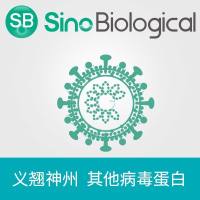The HPV Xenograft Severe Combined Immunodeficiency Mouse Model
互联网
互联网
相关产品推荐

Mouse Reactive Alzheimer's Disease Model Microglia Phenotyping IF Antibody Sampler Kit
¥500

Alkaline phosphatase-PAS combined stain kit(S0098)-6×50ml
¥650

Capsid L1重组蛋白|Recombinant Human Papilloma Virus type 16 (HPV 16) L1 protein (VLP)
¥3220

TNF-alpha / TNFA / TNFSF2 Antibody, Mouse MAb | TNF-alpha / TNFA / TNFSF2 鼠单抗
¥800

HLA Class I ABC Xenograft marker rat monoclonal antibody, clone YTH862.2, Purified
¥6116
相关问答

